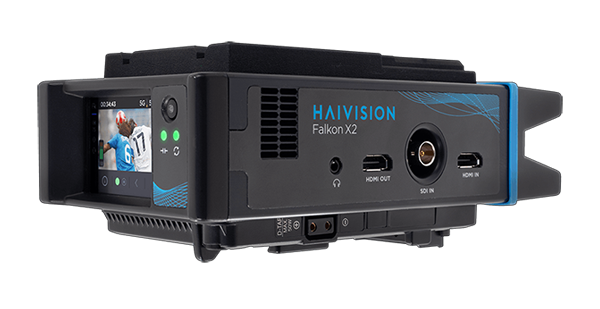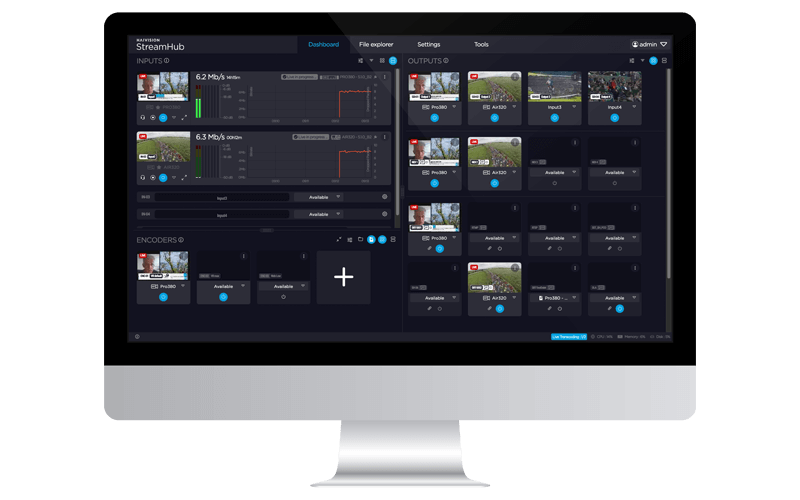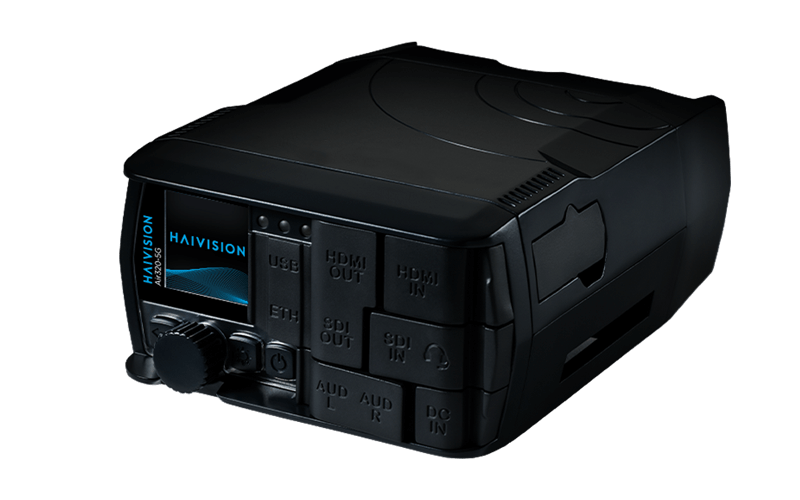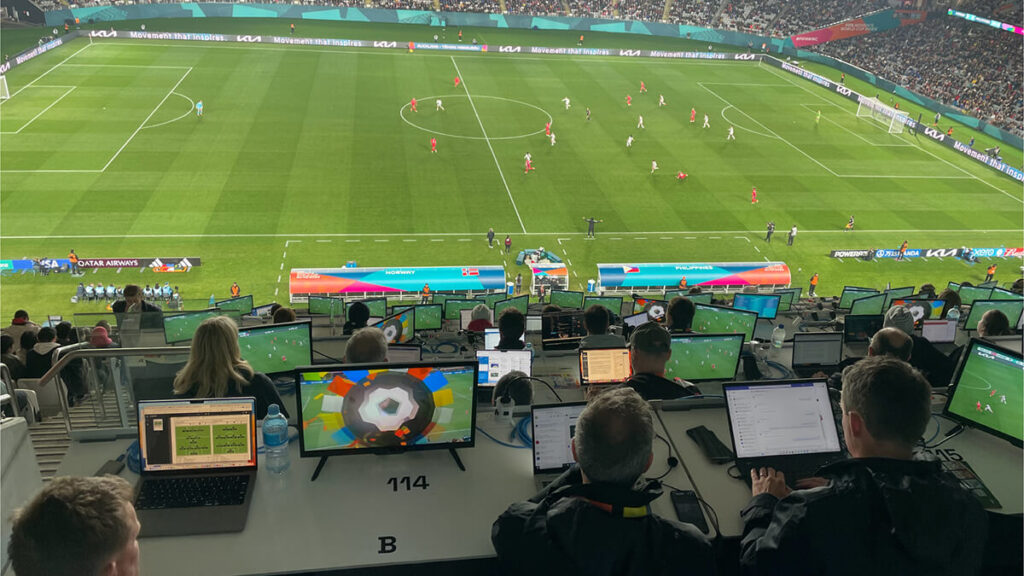Telefónica and SailGP
In the Air: Telefónica Field-Tests 5G Drone Video Contribution with Haivision Air Mobile Transmitter
Telefónica is one of the largest telephone operators and mobile network providers in the world. It provides fixed and mobile telephony, broadband, and subscription television, operating in Europe and the Americas. The multinational telecom company headquartered in Madrid, Spain, has a dedicated customer innovation team focused on 5G-based technologies and helping customers deploy mobile live contribution solutions. We spoke with Juan Cambeiro, a leader at Telefónica’s 5G Customer Innovation center, to discuss their approach to this 5G-powered drone proof of concept.
“Haivision’s collaboration on this pilot greatly helps us develop the market for new use cases for 5G technology. The Haivision video transmitters connected perfectly to the 5G SA network, which speaks to the maturity and reliability of the technology. Haivision has great battle-tested products and support; we will be sure to leverage this expertise in future projects.”
Juan Cambeiro
Leader at Telefónica’s 5G Customer Innovation center
The Challenge
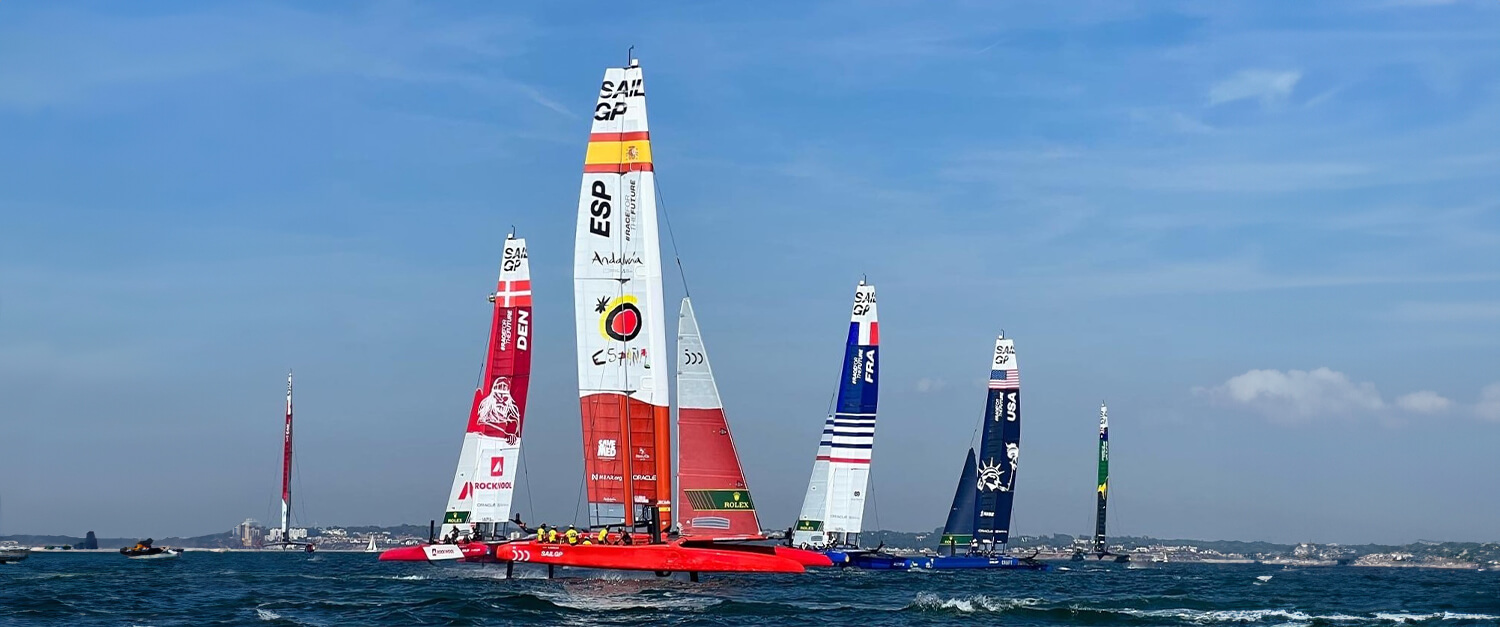
Finding the Right Collaborators
In the world of live sports broadcasting, there’s always room for improvement and innovation. In this case, SailGP’s Spain Sail Grand Prix l Andalucía – Cádiz presented by NEAR was the perfect testing ground for 5G broadcast contribution from drones.
With sports broadcasting innovation as the core motivator for this project, the Telefónica team saw the Sail GP event in Spain as an opportunity to test 5G and drone-based video contribution in anticipation of future customer demand. In its third season, the purpose-led, global racing league has amassed a global viewership of more than 64.5 million. Currently, SailGP’s broadcast solution includes large cameras on helicopters with an overall impact on the carbon footprint, whose reduction is one of the main goals of the SailGP league.
SailGP is the first climate positive sports and entertainment property. The league uses its global platform to champion a better world powered by nature, with a focus on accelerating a transition to clean energy. While helicopters offer excellent vantage points for sailing footage, they can disrupt the teams with extra wind and noise – a critical consideration for SailGP where the environment is difficult to control and a major factor in the sport itself.
Drones were deemed a potential solution to get viewers closer to the action and, having used Haivision’s mobile broadcast solutions for other live sports applications in the past, the following production workflow unfolded.
“What we needed was a technology vendor who was willing to collaborate for this trial so we can build an ecosystem where we all benefit,” Juan shares. “In this case, Haivision was absolutely the right choice. Haivision products are already sold in Spain, so it’s very synergistic for us to work together, but the main criterion for the project is a technology partner that wants to collaborate on this project.”
The Solution
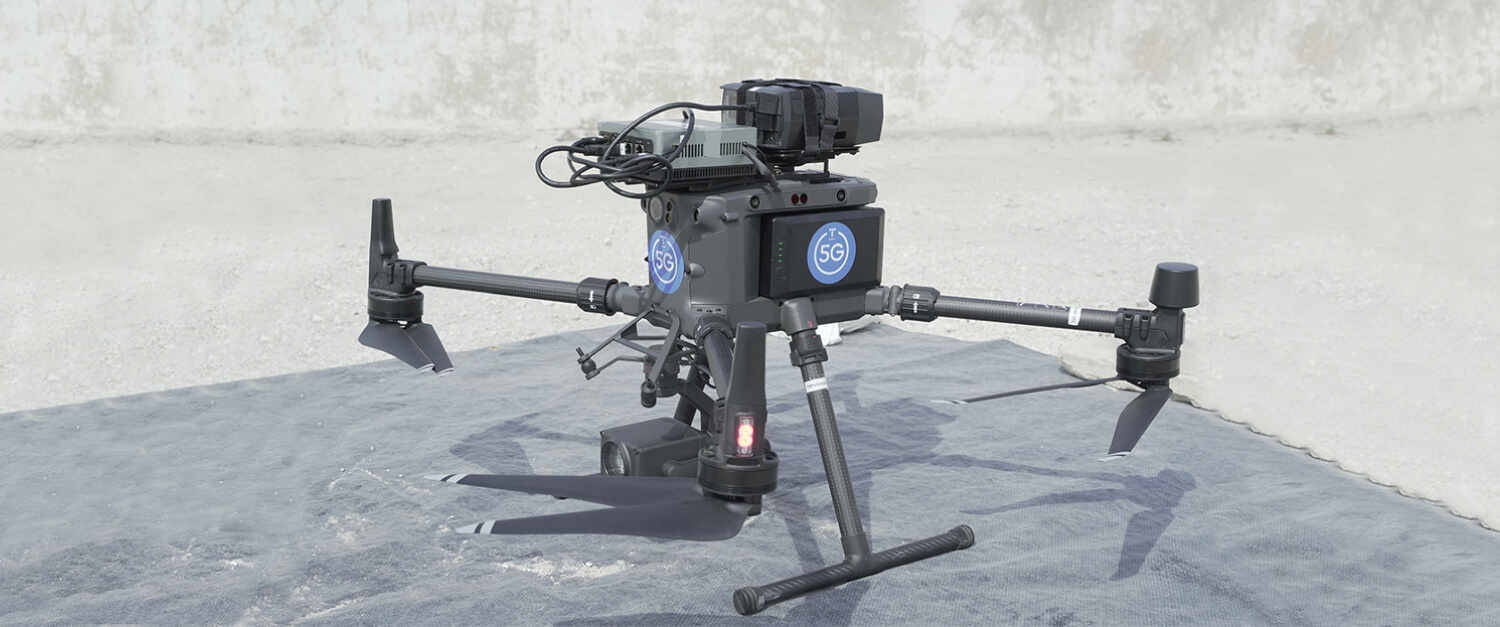
Getting Closer to the Action
Three professional drones were each equipped with a camera, and 5G connectivity using Haivision’s Air320 ultra-compact wireless transmitter. As part of a collaborative relationship between Haivision (Aviwest) and Telefónica, the telecom operator has been testing the Haivision Air320 for use on drones using its 5G network. The basis of the solution was a 5G standalone (SA) network core and 5G new radio (NR) transmitters, which were able to provide guaranteed performance levels. This required mobile transmitters, such as the Haivision Air320, that were capable of low latency video streaming over this latest generation 5G network.
“We had three Air320 mobile transmitters — one per drone — employing the H.264 codec,” Juan shares. “These were transmitting constant video content with an output of 10 megabits per second, 1080p, and 50 frames per second.”
The entire workflow was supported by Haivsion StreamHub, a receiver, transcoder, and decoder platform using the Emmy® award winning Safe Streams Transport (SST) protocol for 5G transmission.
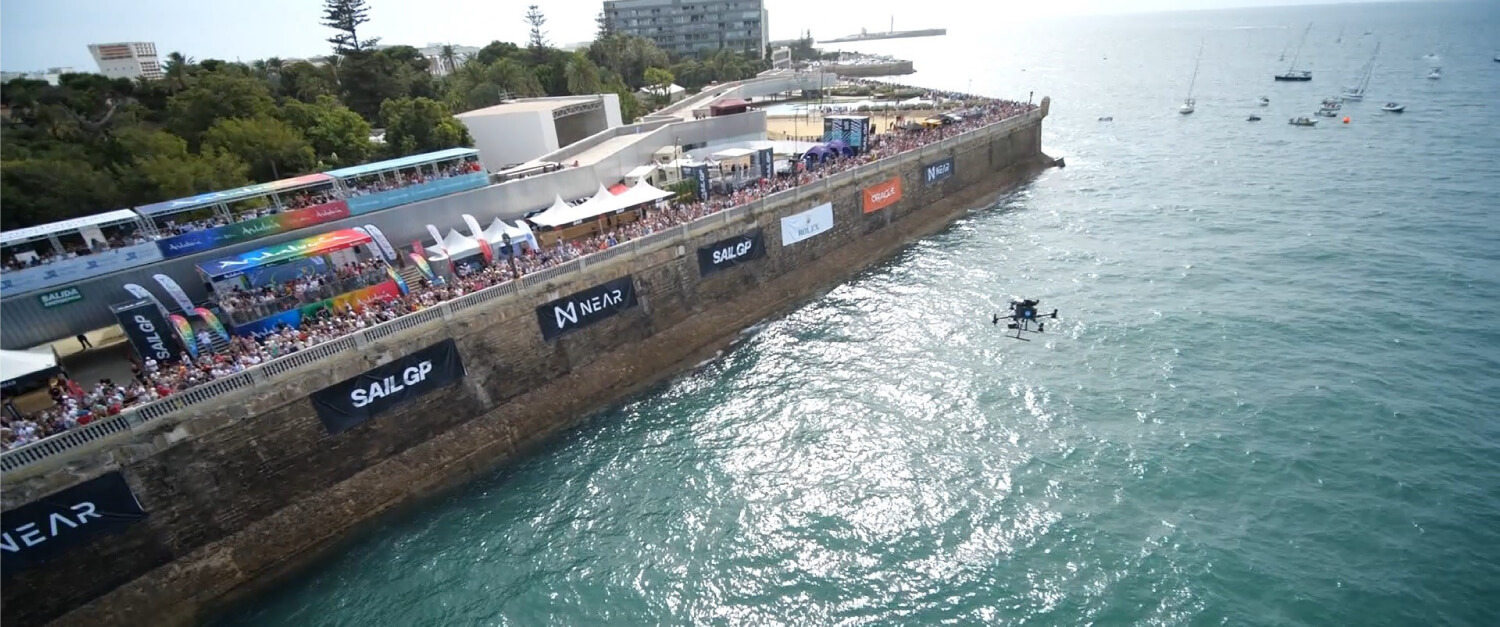
The Result
Immersive Viewer Experiences
The new workflow with Air320 video encoder-equipped drones and 5G SA networks has promise for smaller environmental footprints, reduced costs, and more immersive experiences for the audience.
The latency was noteworthy for the live sports application; the crew most commonly experienced one-second latency glass-to-glass while using the ultra-compact Air320 bonded cellular unit and the SST protocol.
“Haivision’s collaboration on this pilot greatly helps us develop the market for new use cases for 5G technology. The Haivision video transmitters connected perfectly to the 5G SA network, which speaks to the maturity and reliability of the technology,” Juan shares. “Haivision has great battle-tested products and support; we will be sure to leverage this expertise in future projects.”
5G networks and video transmitters offer broadcasters the potential to respond quickly and capture more engaging angles. As innovation in live sports broadcasting gains momentum, we’re excited to continue to leverage Telefónica’s professional expertise and test our products with their 5G network to support live remote broadcasts.
To see how Haivision solutions delivered ultra-low latency for the live broadcast of SailGP, watch this video.






















